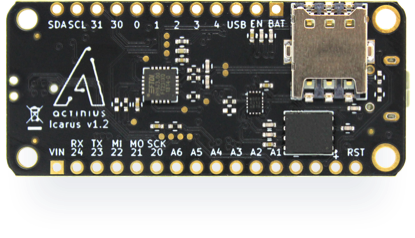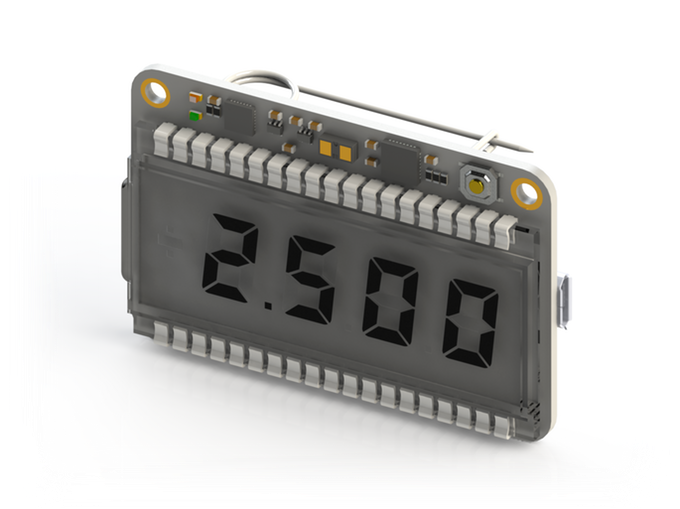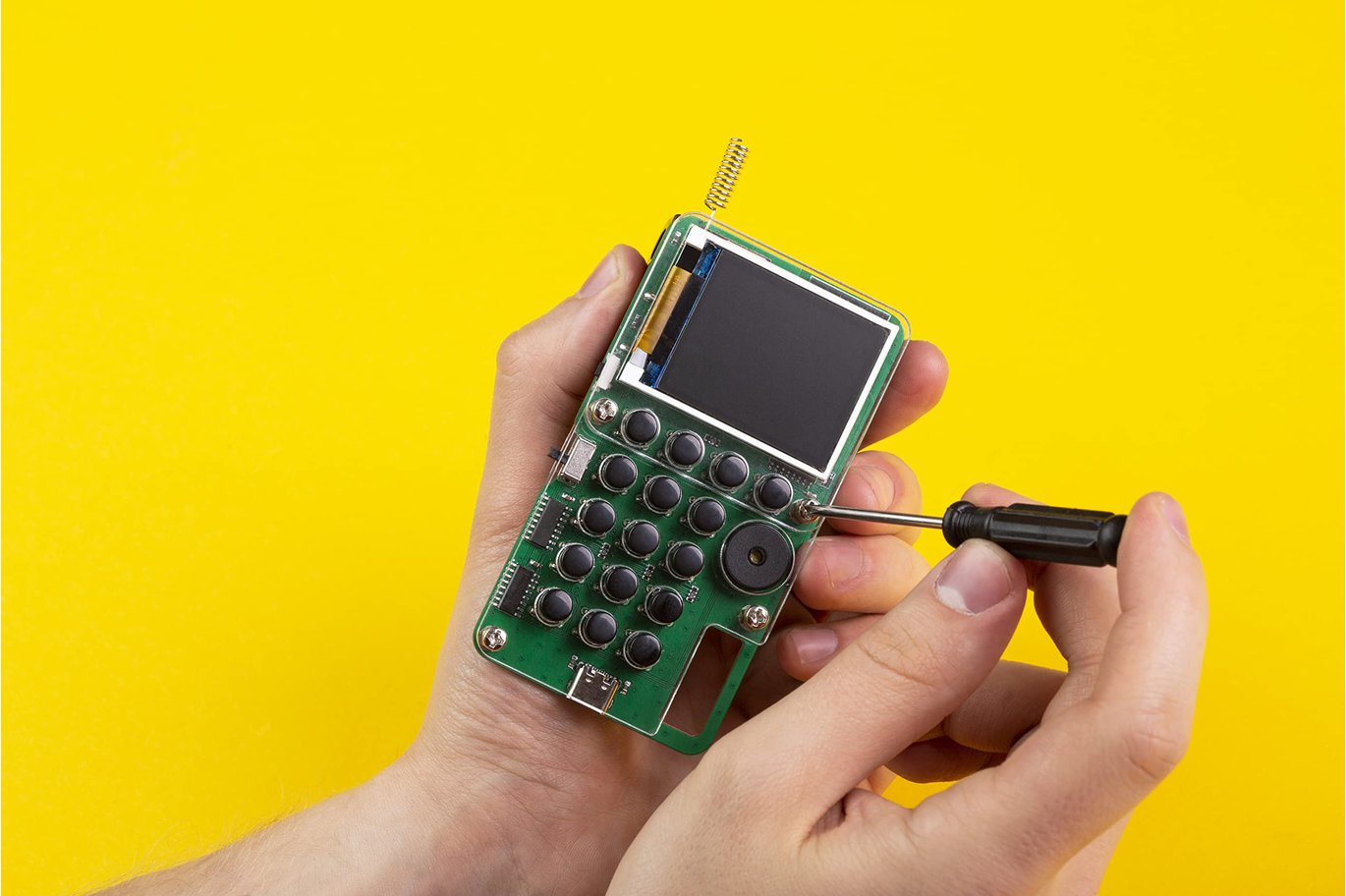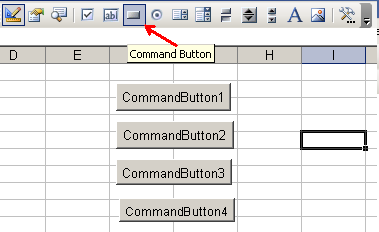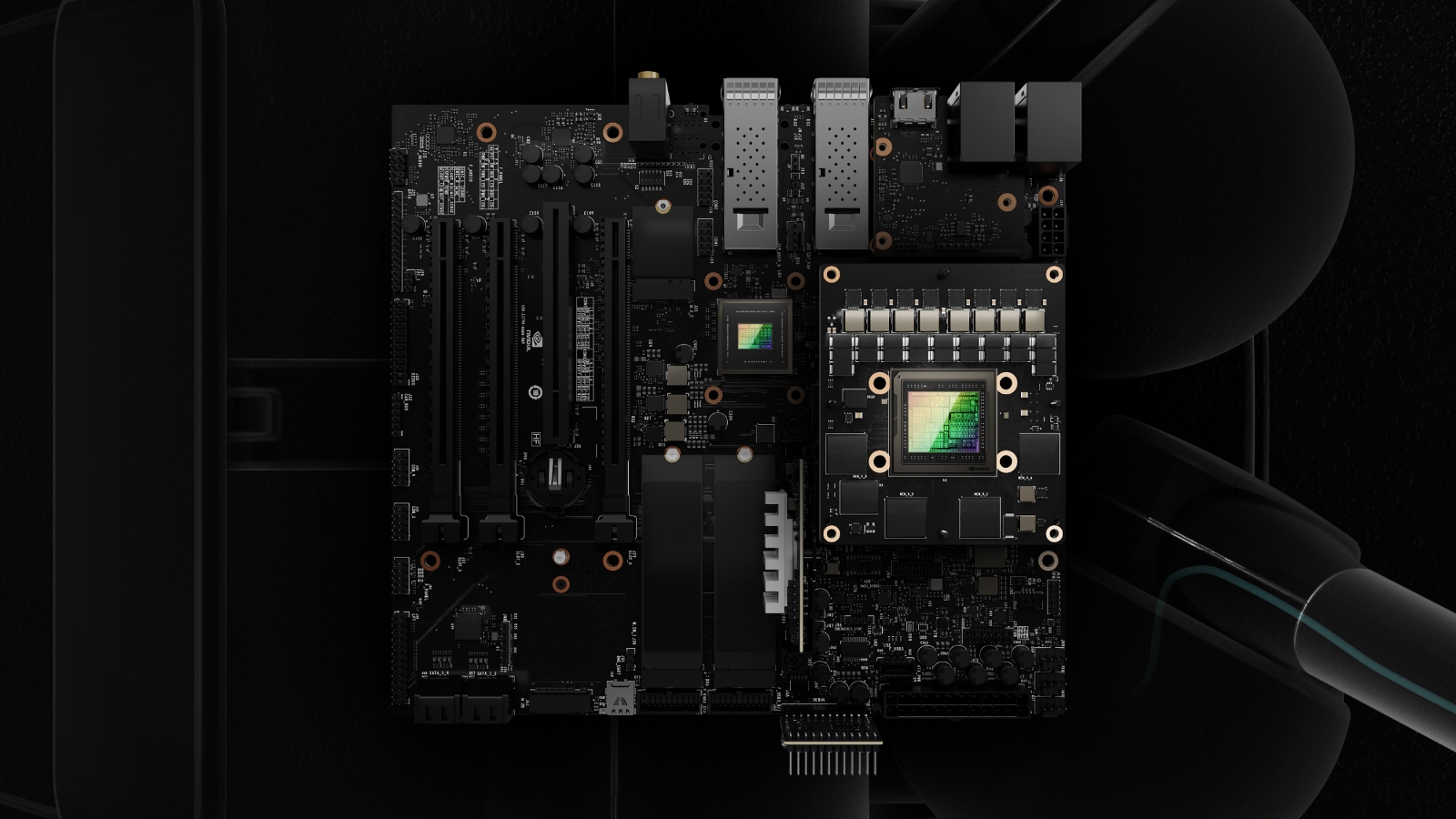
Reality AI recently announced RealityCheck AD at Sensors Converge Expo 2021 in partnership with Advantech. It provides advanced Anomaly Detection (AD) for equipment monitoring and end-of-line testing. It comes with Edge Node hardware from Advantech or RasPi, Reality AI Edge Node firmware, Reality AI Tools machine learning software, and several sensors to choose from.
Talking more from the software perspective, Reality AI combines advanced signal processing with Artificial Intelligence on inexpensive processors. To derive a custom transform depending on time and frequency, Reality AI employs an algorithmic search of a wide variety of feature spaces. Moreover, the code runs on ARM M- R- A-, and non-ARM microcontrollers, as well as on Intel processors and Linux
What is Anomaly Detection?
Anomaly detection refers to the detection of some abnormal data or information which is different from the normally expected data. Intrusion detection, fraud detection, fault detection, system health monitoring, event detection in sensor networks, identifying ecological changes, and defect identification in pictures using computer vision are all examples of anomaly detection. Anomaly detection is also important to monitoring the proper functioning of industrial equipment and conducting quality control inspections.
Anomaly Detection methods find a baseline normal region in a feature space using one of several different machine learning algorithms. Then scores are calculated for each observation that provides a measure of how “far away” that observation is from the normal baseline region in that feature space. The “farther away” that observation is, the less like normal it is. By applying a threshold to these scores, you can declare observations that are “too far from normal” to be anomalous.
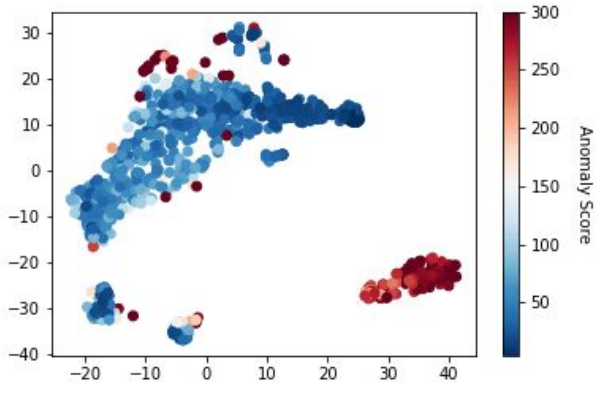
Performing AD in the right way
The wrong ways of doing anomaly detection include building AI models with very little or no data on known anomalies. For an efficient model, there must be a sufficient amount of anomalous data. If such kind of data is not available, a few anomalies can be created for testing.
Also, gathering and testing in limited and controlled circumstances must be avoided. Instead, data should be gathered and tested continuously in a wide range of conditions, while screening out false positive and false negative values as they can affect the efficiency of the model.
Moreover, some instruments can miss some important data that matters the most. Hence, using sophisticated sensors or instruments for gathering rich quality data is important. Also, try to include metadata wherever possible.
RealityCheck AD for Efficient and Easy Anomaly Detection
The RealityCheck AD offers a complete hardware and software solution for AI-driven, machine-level analytics for a factory or any product. It includes a self-learning edge node which is a rail mountable edge unit manufactured by Advantech. The RealityCheck AD Edge Node is based on the Advantech EPC-S201 embedded PC. It features an Intel Celeron N3350 Dual-Core SoC with 8GB RAM and 64GB SSD. It offers wi-fi, wired ethernet, and cellular connectivity.
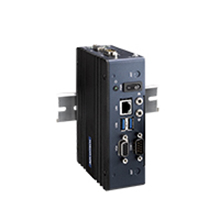
Sensor options available for interfacing include:
- Industrial-grade accelerometers – relatively high cost, but hardened with standard machine mounts and tight tolerances.
- Lower-grade accelerometers – cheaper, with wider tolerances and lacking industrial hardening, but still sufficient for many tasks
- Current and Temperature sensors
- Contact Microphones – similar to an accelerometer, but with very high sample rates. Usually not available in industrial packaging, but still useful for many applications.
- Free-standing microphones – for capturing ambient sounds and noise events.
- Explosion-proof options are available.
RealityCheck AD also comes with Reality AI Tools® software for automatic generation of machine learning models for anomaly detection, signal processing & classification, and remaining useful-life predictions.
Key Features and Advantages of RealityCheck AD
- The Edge Node learns “normal” automatically and starts detecting anomalies.
- Edge Node can be taught “idle” so that unproductive equipment time can be tracked accurately
- Any anomalies are shown on a dashboard and captured for future investigation, analysis, labeling, and use in model development. Over time, this data can be used to create detectors for specific conditions and to predict the remaining-useful-life of components.
- Generates results in a short period, improving the results over time with feedback.
- Easily integrates with Manufacturing Information Systems, dashboards, and workflow management systems using MQTT.
RealityCheck AD Architecture
Firstly, the data is gathered through various sensors like contact mic, accelerometer, temperature sensor, pressure sensor, etc. These sensors are interfaced with the Reality AI AD Edge Node that is based on the Advantech EPC-S201 embedded PC. This data is then processed by the Reality AI Tools software. It uses machine learning algorithms for creating classification, regression, correlation, and anomaly detection models, and deploying them to the edge.
Based on the baseline data, it quickly detects any abnormal observations. After detecting anomalous data, the edge node reports the status to the user via an illustrative and user-friendly dashboard. Also, the detected anomalies can be used for workflow integration by investigating the anomalous data and giving feedback to the model for improving its performance. Over time, it can perform more detailed detection of specific conditions and even predict anomalies before they occur. You can visit the official page of RealityCheck AD for detailed information.
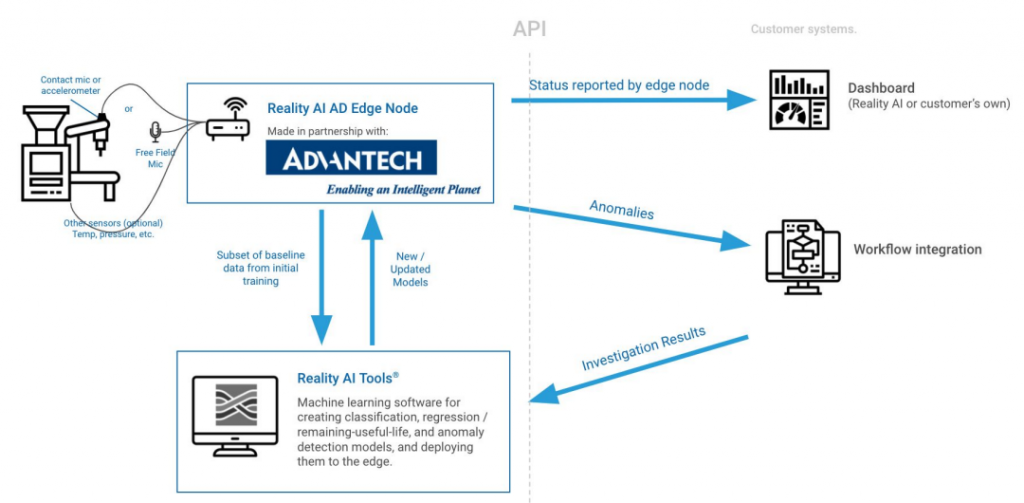
Conclusion
The RealityCheck AD by Reality AI in partnership with Advantech provides a complete solution for industrial equipment monitoring and end-of-line testing. Numerous sensors integrated with the edge node gather data and start detecting anomalies based on the baseline data automatically. Moreover, it also provides a convenient and user-friendly API for integration with dashboard and workflow systems. It is a gamechanger in the field of industrial equipment monitoring and end-of-line testing.
RealityCheck AD solution will be showcased in the Sensors Converge event this month and Auto Tech Science Fair in October. Consider registering for these events for similar hardware solutions.





